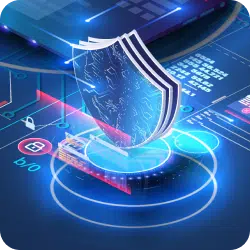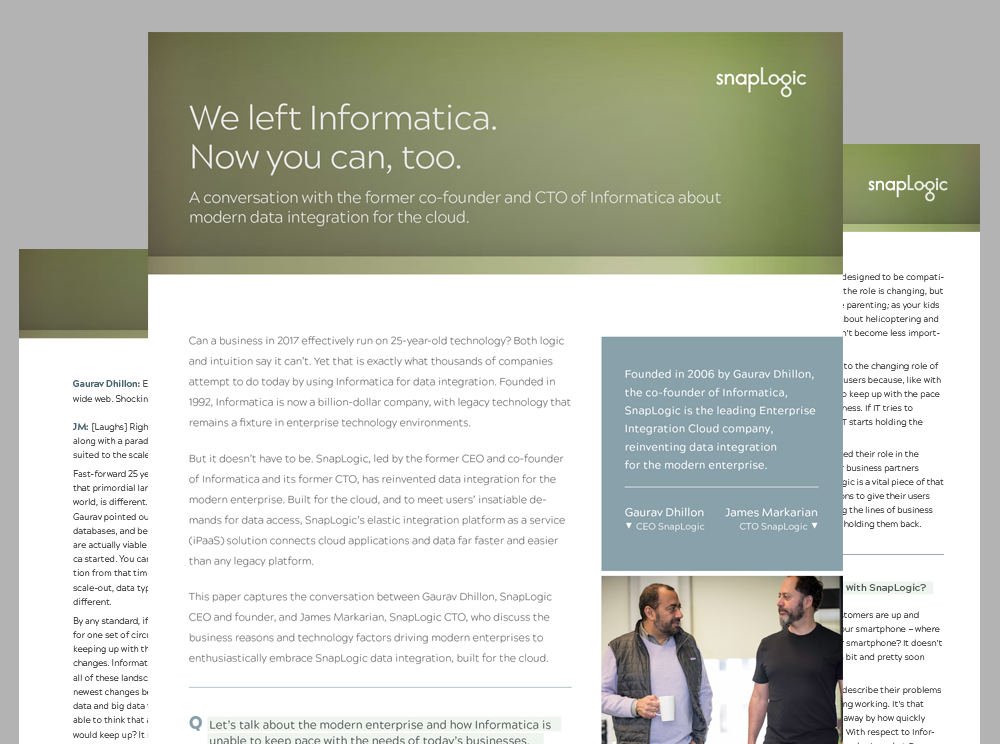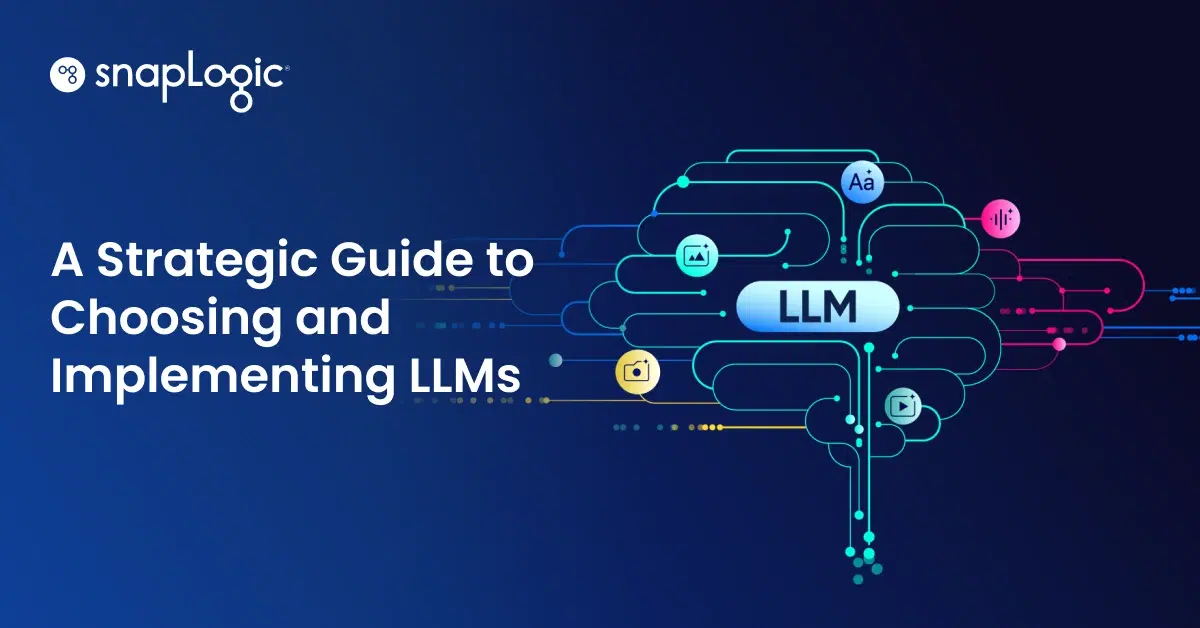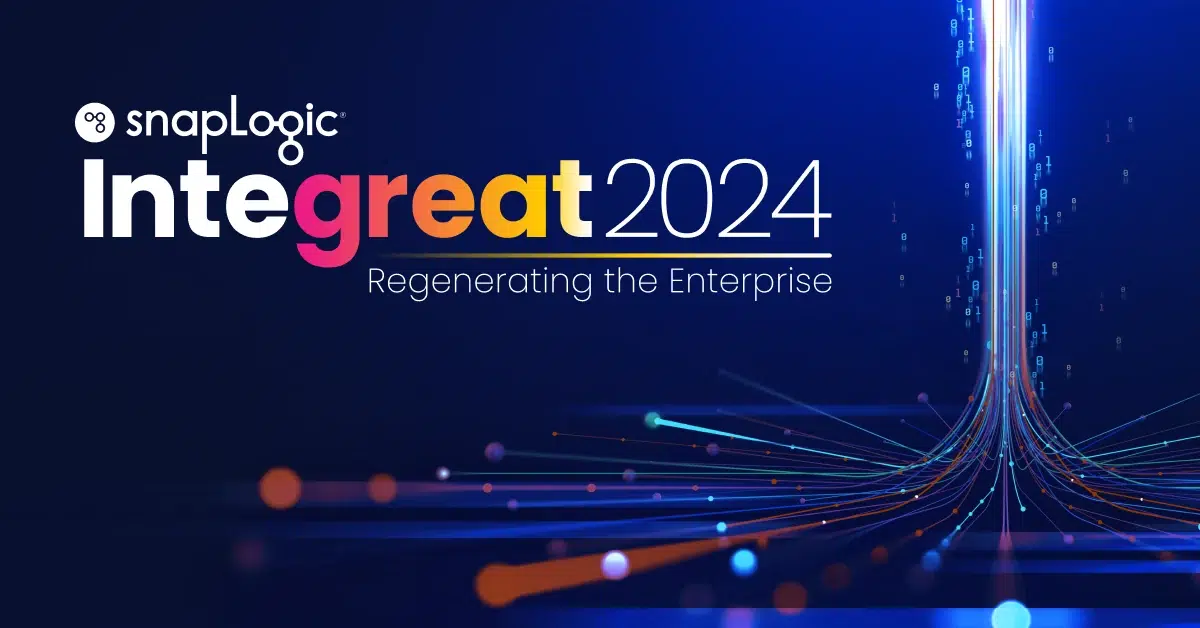
Can an IT organization effectively run a 2017 business on 25-year-old technology? As someone who played a large hand in developing the data integration technology in question — at Informatica, where I was CTO for nearly two decades — I can tell you that the answer is simple: “No.”
A vastly different primordial landscape
That said, I know that when Informatica was created, it was the best technology for data integration at the time. The world was a lot simpler in 1992: there were five databases that mattered, and they were all pretty similar. There were just a few ERP systems: Oracle, SAP and a young PeopleSoft. Informatica was ideally suited to that software baseline, and the scale-up UNIX platforms of that era. The web, obviously, was not in the picture.
IT organizations were also a lot simpler in 1992. If any business person wanted new tech functionality — a new workstation added to a network, or a new report from a client/server system — they put their request into the IT queue, because that was the only way to get it.
IT is still important; it’s just different
Fast-forward 25 years to 2017. Almost everything about that primordial technology landscape, when Informatica roamed the world, is different. For example, now there’s the web, the cloud, NoSQL databases, and best of breed application strategies that are actually viable. None of these existed when Informatica started. Every assumption from that time — the compute platform, scale-up/scale-out, data types, data volumes and data formats — is different.
IT organizations are radically different, too. The command-and-control IT organization of the past has transformed into a critical enablement function. IT still enables core operations by securing the enterprise and establishing a multitude of technology governance frameworks. But the actual procurement of end-user technology, such as analyzing data aggregated from across systems and across the enterprise, is increasingly in the hands of business users.
In other words, the role of IT is changing, but the importance of IT isn’t. It’s like parenting; as your kids grow your role changes. It’s less about helicoptering and more about enabling. Parents don’t become less important, but how we deliver value evolves.
This is a good analog to the changes in enterprise IT. The IT organization wants to enable users because it’s pretty impossible to keep up with the blistering pace of business growth and change. If the IT organization tries to control too much, at some point it starts holding the business back.
Smart IT organizations have realized their role in the modern enterprise is to help their business partners become more successful. SnapLogic delivers a vital piece of required technology; we help IT organizations to give their users the self-service data integration services they need, instead of waiting for analysts to run an ETL through Informatica to pull the requested data together. By enabling self-service, SnapLogic is helping lines of business — most companies’ biggest growth drivers — to reach their full potential. If you’re a parent reading this, I know it will sound familiar.
Here’s another way to find out more about why IT organizations are embracing SnapLogic as a critical enabler: readSnapLogic’s new whitepaper that captures my conversation with Gaurav Dhillon, SnapLogic’s CEO and also an Informatica alumnus: “We left Informatica. Now you can, too.”







